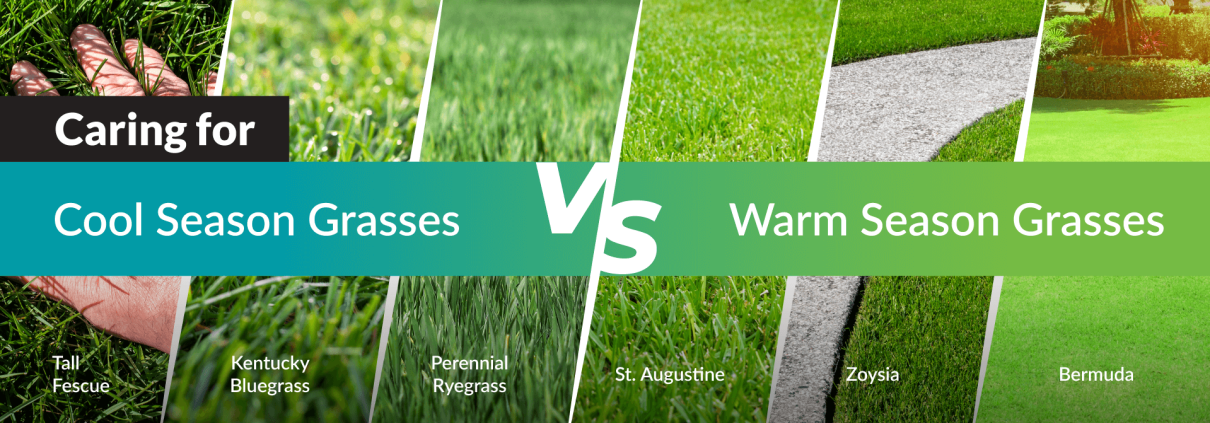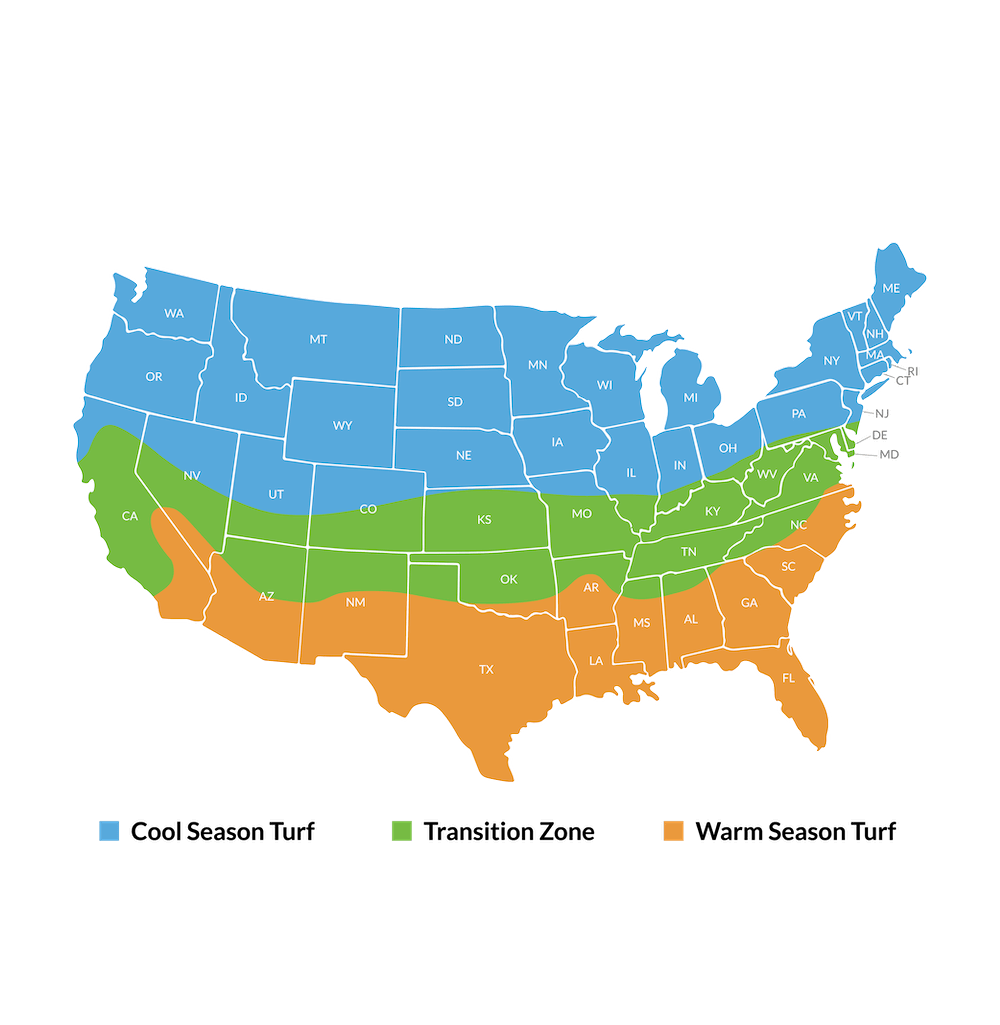
Topdressing Cool Season Grasses versus Warm Season Grasses with CarbonizPN
Cool-season grasses, such as Kentucky bluegrass, tall fescue, and perennial ryegrass, are commonly found in the Northern United States. They thrive in cooler temperatures and have a growth spurt in spring and fall. These grasses are known for their dense, lush growth.
On the other hand, warm-season grasses, such as Bermuda grass, St. Augustine grass, and Zoysia grass, are commonly found in the Southern United States. They thrive in hot temperatures and have a growth spurt in summer. These grasses are known for their durability and ability to withstand heat and drought.
One major difference between cool-season and warm-season grasses is how they propagate. Most cool-season grasses are bunching grasses, meaning they grow in clumps and do not spread through rhizomes or stolons (Kentucky Bluegrass is a notable exception). This means that overseeding is often necessary to fill in bare spots and keep a dense lawn. Warm-season grasses, on the other hand, are spreading grasses and grow through rhizomes or stolons. This means that they can fill in bare spots on their own and do not require as much overseeding.
When it comes to maintenance, the needs of cool-season and warm-season grasses differ as well.
- For cool-season grasses, overseeding, topdressing, and aeration are important in the fall to encourage healthy root growth and prepare for the winter.
- For warm-season grasses, these tasks are typically done in the spring or early summer to prepare for the hot summer months.

Turf Zone Map (Warm Season, Cool Season, and the Transition Zone)
Topdressing with products like CarbonizPN can provide benefits for both types of grasses, including improved soil health and nutrient uptake. Topdressing is often thought to be labor-intensive, but belt-driven equipment, like the Ecolawn Applicator, can make this process a breeze.
Overall, understanding the differences between cool-season and warm-season grasses is important for proper lawn maintenance and care. By knowing the unique needs of each type of grass, you can ensure a healthy and vibrant lawn year-round.

